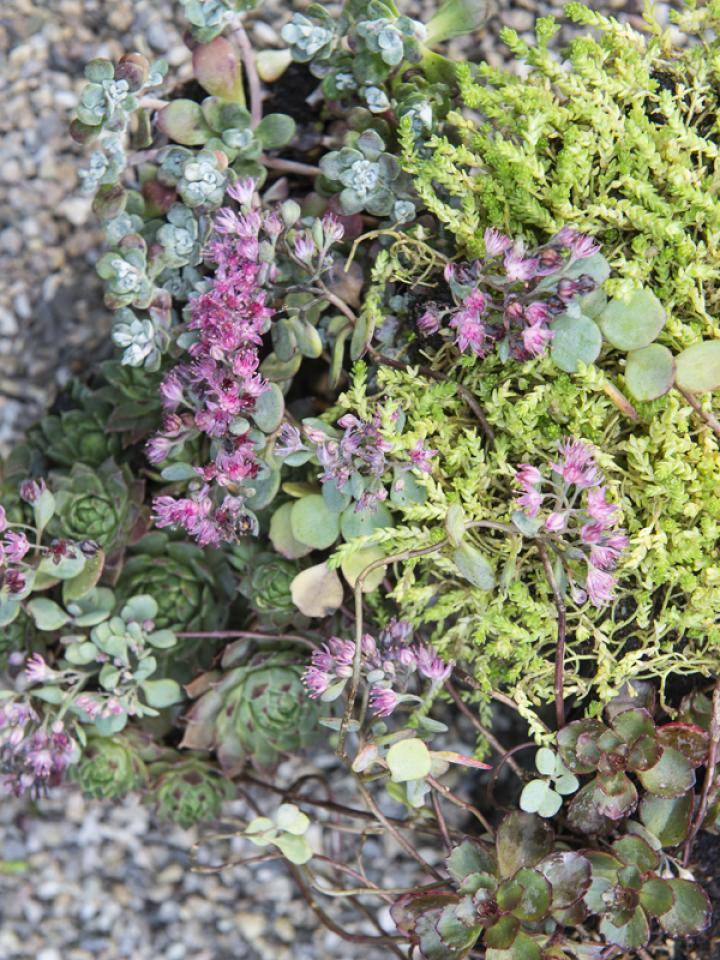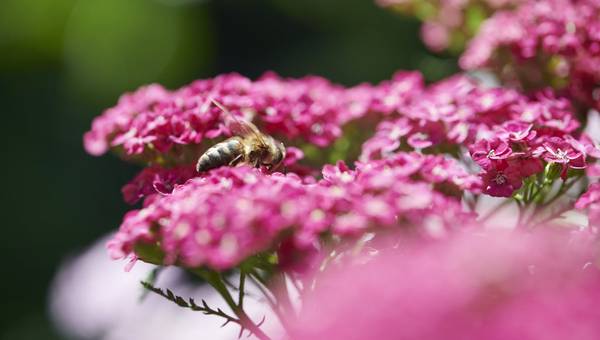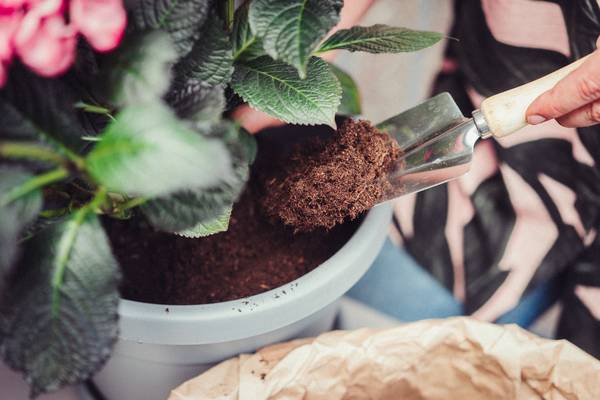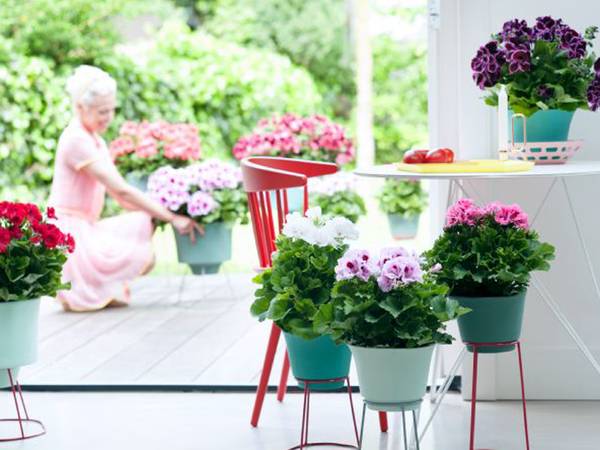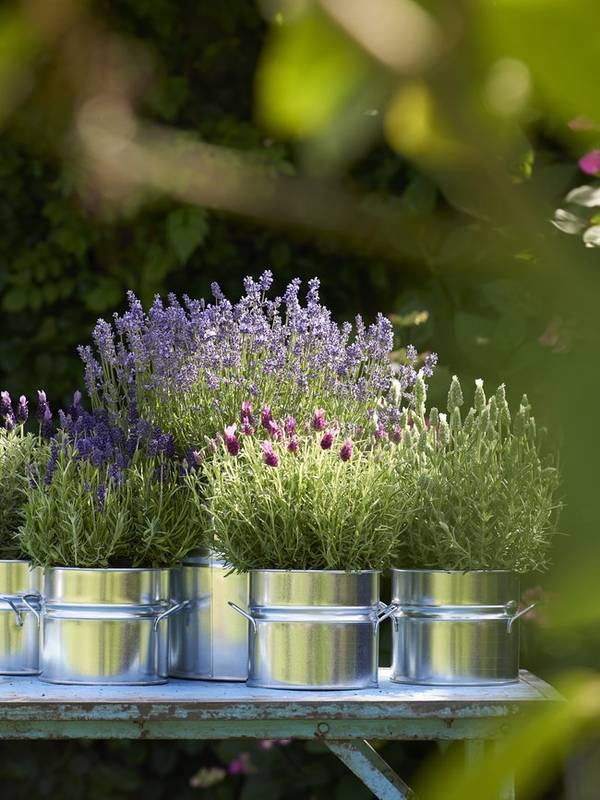
Sedum is one of the easiest plants to include in your garden. You will sometimes come across it under its common name of stonecrop. The fleshy leaves have succulent properties. In other words, the plant can easily survive periods of drought. Sedum comes in various shades of yellow, white, red and pink. Sedum species are mainly groundcovering varieties that flower in summer. Some taller varieties are also suitable for use as cut flowers. The flowers are very popular with butterflies, honeybees and bumblebees, due to the fact that the plants help to provide nectar.
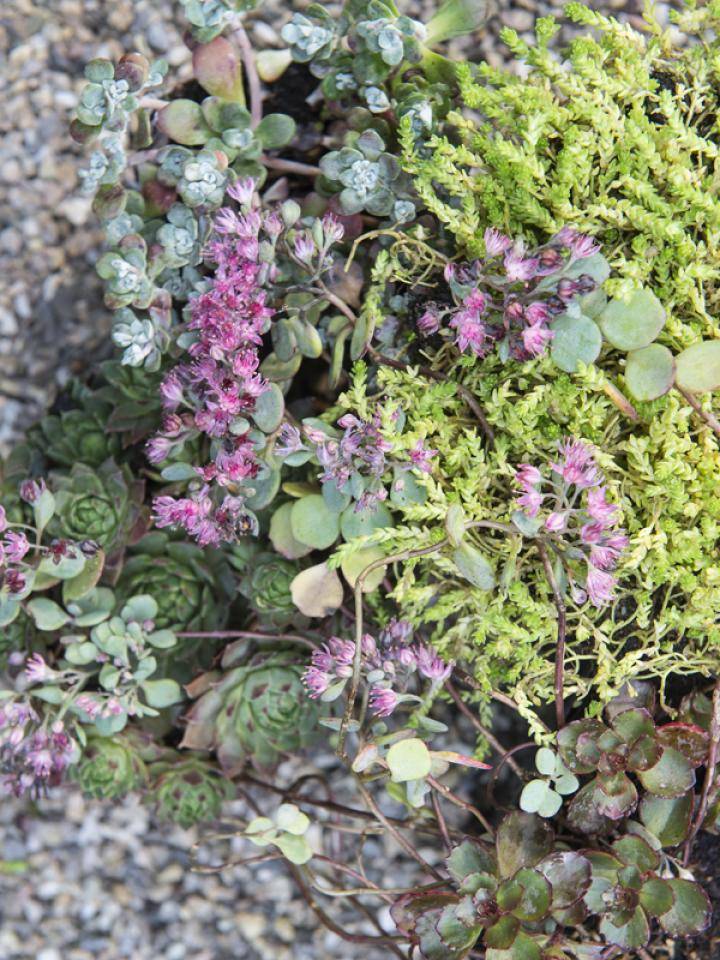
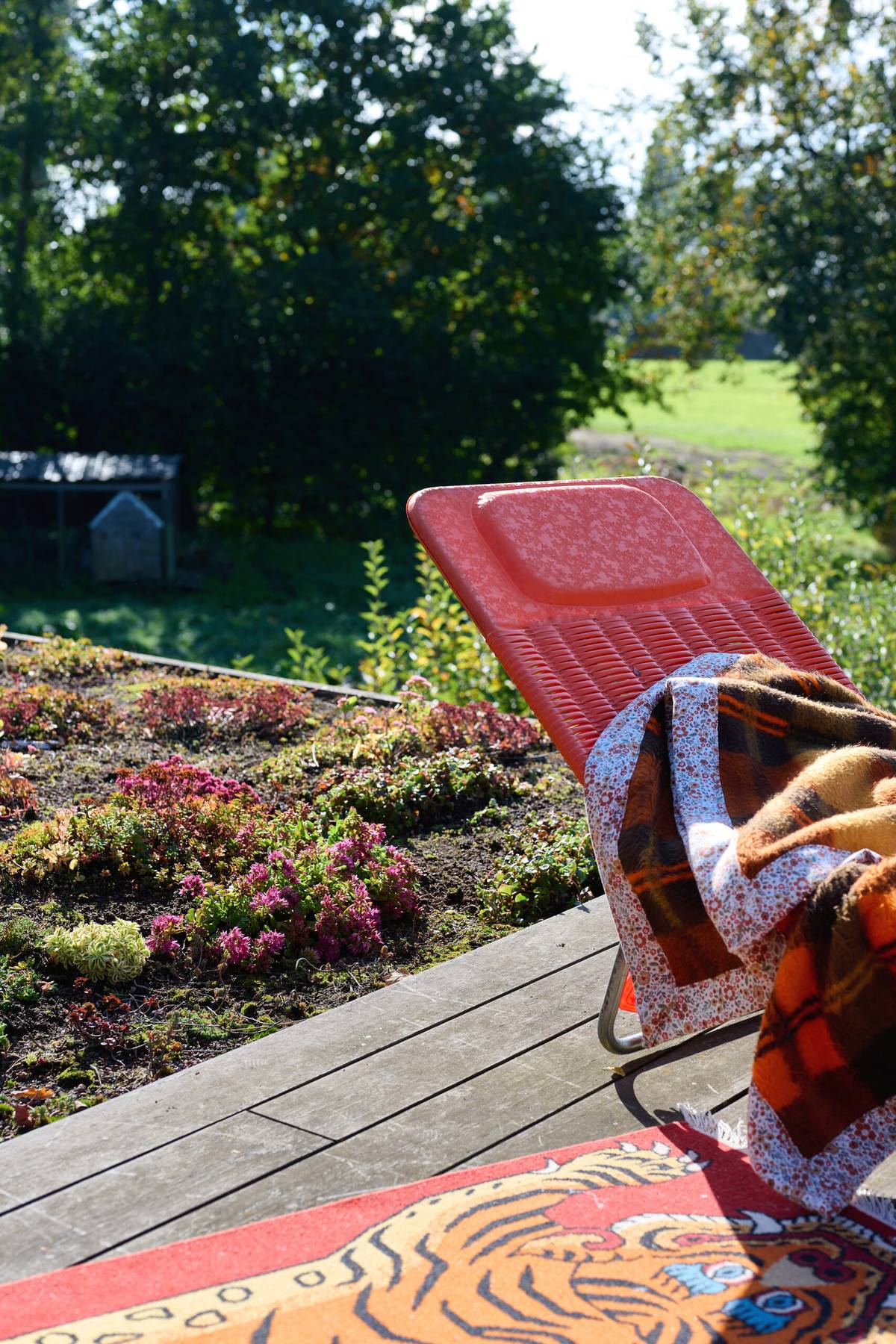
Sedum loves a spot in full sun
Care tips
- Succulent properties mean that the plant can cope very well with drought.
- Sedum adores a spot in full sun.
- Make sure that the soil is well-draining, because Sedum is no fan of wet feet.
- The groundcovering varieties are mainly evergreen.
- Some upright Sedum varieties die back above ground in winter, and produce new flower stems in the spring. Leave the old stems on the plant during the winter to give some protection against extreme frost.
Symbolism
- Sedum sieboldii plays a double role as a houseplant and garden plant.
- Tortoises adore the Sedum’s juicy tender leaves. Another reason for having both aspects of nature in your garden or on your balcony.
- Handy to know: many Sedum plants are slug repellents.
- You often see Sedum in graveyards They make few demands in terms of position, always seem to do well and look neat.
- You can use groundcovering Sedum on the roof since it has insulating properties and also looks lovely. Creating a vertical wall is also incredibly easy with Sedum.
Origin
Sedum occurs throughout the northern hemisphere, often in drier rocky areas. You can find many Sedum plants in the wild on the old walls of castles, fortresses and churches. The plant is a member of the Crassulaceae family, which includes over 500 different succulent plants.
